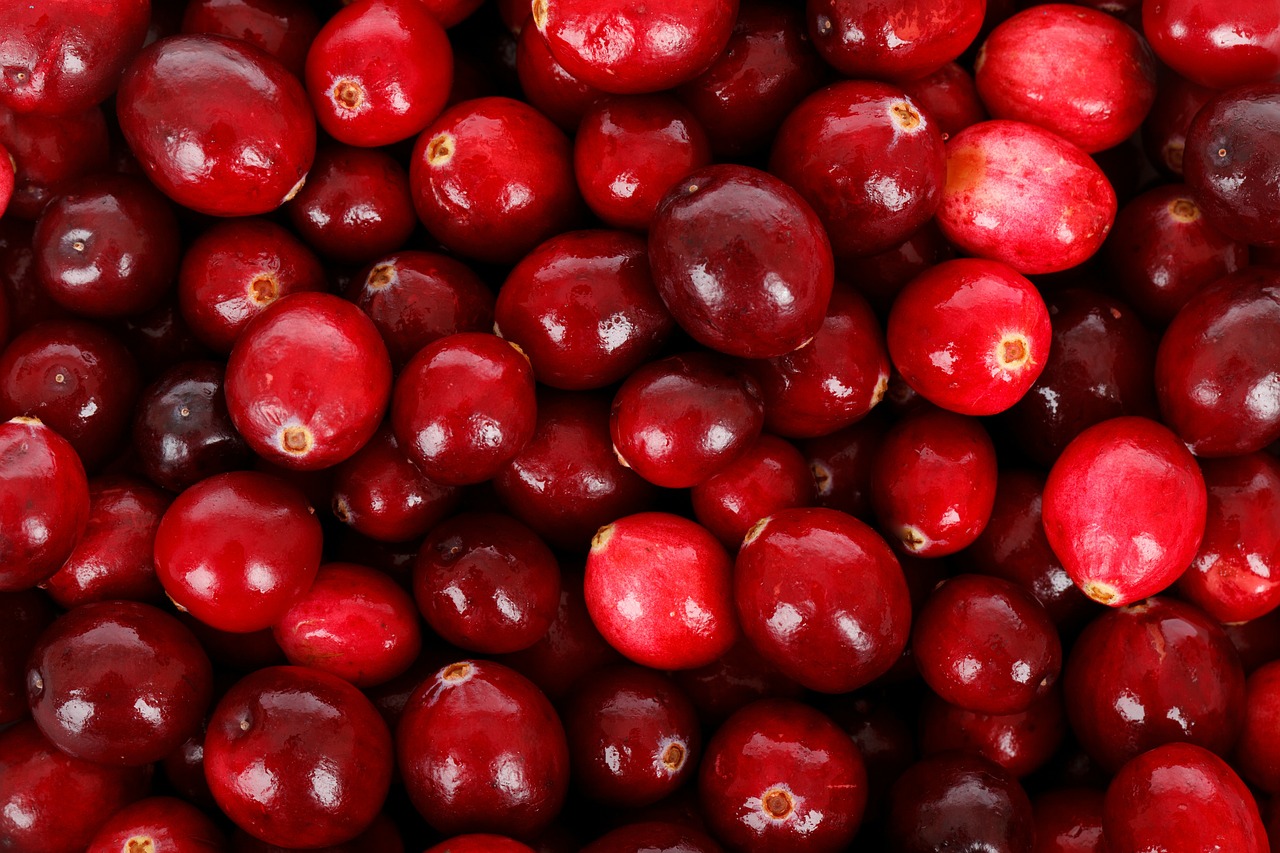The gut microbiome is currently one of the hottest topics in medical research. But it takes close to 17 years for any current research to make it into medical school curriculum. So the latest cutting edge research is not going to serve people who are suffering now.
Functional medicine practitioners, like myself, follow the latest developments in microbiology and put them into practice. Because no one has 17 years to wait for relief.
Understanding how to balance the gut microbiome is about more than just adding probiotics to your regimen. It’s about knowing what is overgrowing or lacking in your gut so you can bring your biome into balance.
With balance come resiliency, resistance to pathogenic attack and the ability to eat a wide variety of foods, without trouble or pain. A healthy biome also helps maintain a healthy weight.
Your doctor probably has not discussed your biome with you. But that will change in the next few decades as the biome takes center stage in gut health.
Know your bugs
As I mentioned you won’t get a biome test at your doctors office. Luckily there are other ways to get a snapshot of your intestinal bacteria.
There are direct to consumer biome testing that is hard to interpret for the lay person, but does offer food suggestions.
The more informative option gives you a good look at your key stone bacterial strains. It pinpoints what is over and under growing so you can begin to rebalance it.
This option is the GI Map. I have written about it here and here. Along with a snapshot of your beneficial bacteria, the GI Map provides additional information about overall gut function and what kinds of pathogens are throwing the biome out of balance.
It provides markers on stomach health, parasitic infection, yeast overgrowth, fat digestion, gluten tolerance, enzyme production, liver congestion, and how balanced the biome of the large intestine is.
The GI Map does not provide dietary suggestions (that’s what your practitioner is for) but does provide a roadmap for troubleshooting symptoms.
The GI Map need to be ordered through a functional practitioner such as myself, as you will need help interpreting the date. You can get more info on the GI Map here.
All about Akkermansia
One of the most important bacterial markers on the GI Map is Akkermansia.
This is a keystone bacterial strain, meaning it is a foundational for the health and balance of other bacterial strains. It feeds other bacteria in the gut by producing sugars when food is not ingested (between meals, when you are sleeping, when you skip a meal).
While other bacteria eat fiber or sugar, Akkermansia feeds on the mucin lining of the intestine. It also produces butyrate, a short chain fatty acid that reduces inflammation.
If Akkermansia levels are low, there will not be enough sugars production to feed the dependent bacterial strains.
Reasons for low Akkermansia
Leaky gut is one reason. Lack of mucin on the mucosal lining will reduce its food source. This happens when the gut lining is thinned from drinking coffee or alcohol or taking non steroidal anti inflammatory meds. Infections or systemic inflammation are also root causes.
You can support robust mucus lining with mucous supporting herbs that contain mucin, slippery elm, marshmallow, collagen and DGL (dyglycerized licorice). I like this leaky gut supplement because it combines all of these ingredients.
Intermittent fasting is also another way to support the growth of Akkermansia, given there’s no leaky gut and adrenal health is not compromised.
Other ways to support Akkermansia
While Akkermansia feeds on mucin, it also favors the polyphenols in red pigmented foods. Research has shown that cranberries are one of its preferred food sources. Fresh, dried cranberries and unsweetened cranberry extract feeds Akkermansia, while also cleansing the kidneys.
Other sources of polyphenols include berries, green tea, cocoa, grape skin and cloves. Polyphenols feed a wide variety of bacteria, not just Akkermansia. This is the reason I’ve included polyphenol ingredients in my gut-healing treat recipes in my upcoming book : Treats That Heal. Get info on the book here.
It’s ideal to keep Akkermansia at robust levels but to keep it from overgrowing. Cases of extreme overgrowth can lead to neuron inflammation. This can be caused by extreme and/or prolonged fasting.
More functions of Akkermansia
Aside from being a keystone strain, Akkermansia plays a big role in regulating metabolism. Low Akkermansia levels has been linked to conditions like diabetes, insulin resistance, obesity and metabolic syndrome.
Why Akkermansia matters for IBS?
Knowing how to support your beneficial bacteria is crucial for improving digestive health. Your beneficial bacteria influences mood and immunity and helps your body break down and assimilates vitamins and nutrients.
Learning about the levels of your keystone strains is important if you want to lower the inflammation (which often feels like gut pain or cramping). It can also help regulate weight and metabolism. Akkermansia is a particularly important bacteria to learn about and manage.


